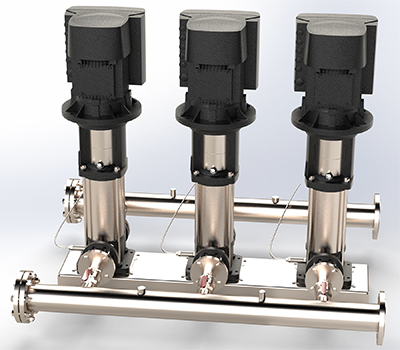So far, nothing seems to explain how the water in the tank is overheating. I agree that adding another tank in the summer would improve the situation. The baseline (cold) temperature of the water is about 85F so 24F rise in the course of a day would be 110F. Even a 50% increase in thermal BTUs is 85+36=120F which is nowhere near the 180-190 I get in summer.
Not sure if you are calculating BTUs for SoFla latitude correctly - I'm at 24.5. Just out of curiosity, what do people closer to the equator get for BTU input to solar thermal systems?
Not sure if you are calculating BTUs for SoFla latitude correctly - I'm at 24.5. Just out of curiosity, what do people closer to the equator get for BTU input to solar thermal systems?

Comment